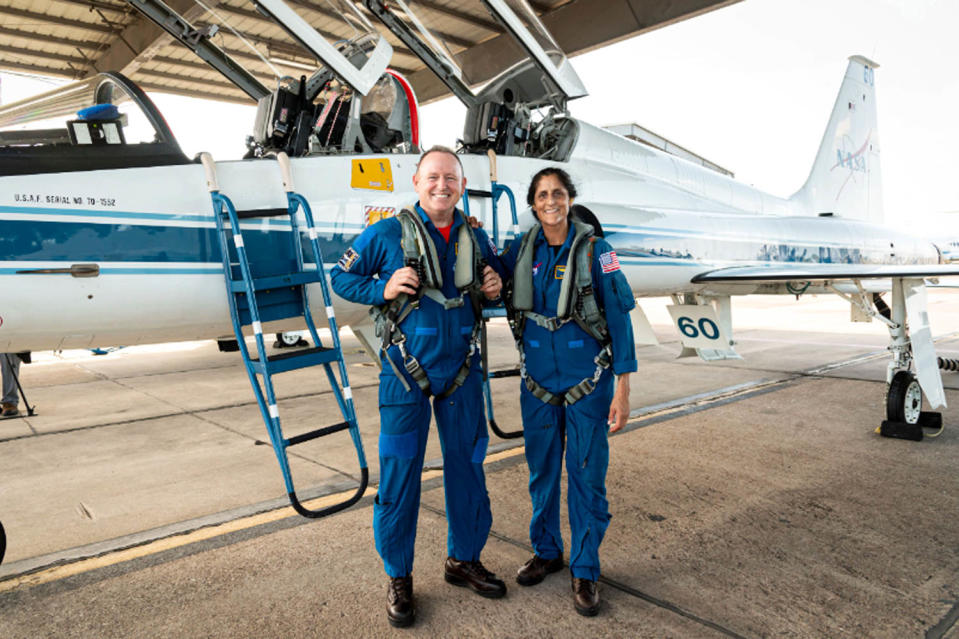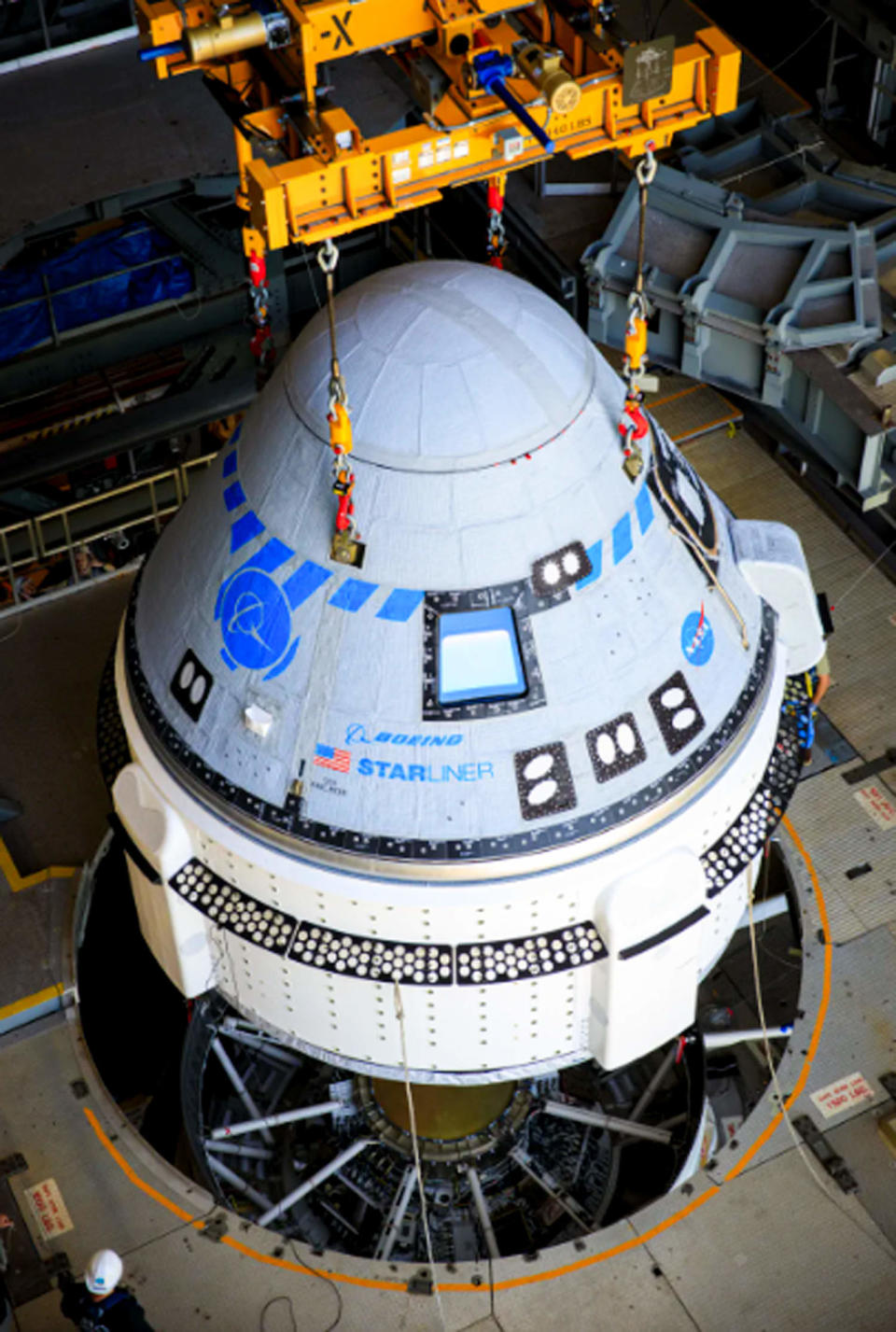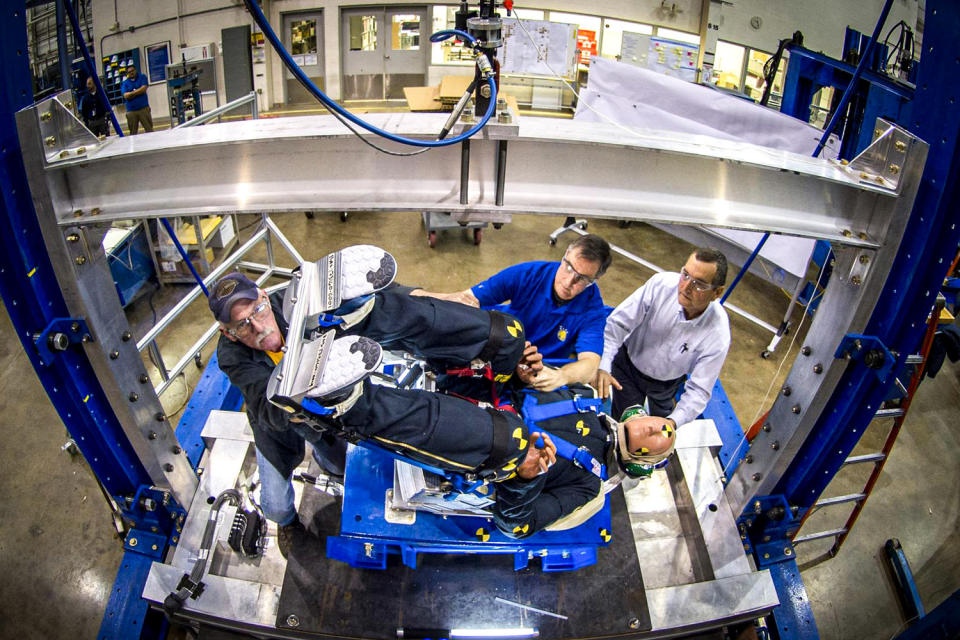After years of delays, Boeing is finally set to launch two NASA astronauts to the International Space Station on its Starliner spacecraft.
The capsule is scheduled to lift off Monday at 10:34 p.m. ET, atop an Atlas V rocket at Florida’s Cape Canaveral Space Force Station. Astronauts Barry “Butch” Wilmore and Sunita Williams will pilot the Starliner on its inaugural crewed flight — a crucial final test before NASA can authorize Boeing to conduct routine flights to and from the space station for the agency.
The stakes are high. This will be Boeing’s first launch with humans aboard its spaceship, and it comes after years of delays, technical setbacks and significant budget overruns. If successful, the flight will enable Boeing to challenge the dominance held by Elon Musk’s SpaceX, which has been ferrying NASA astronauts to and from the orbiting outpost since 2020.
Both companies’ spacecraft were developed under NASA’s Commercial Crew Program, which was established after its space shuttle fleet was retired in 2011. The goal: incentivize and help fund the creation of new, commercially built vehicles capable of flying to and from low-Earth orbit.
At a preflight briefing last week, Wilmore said safety is paramount and that previous Starliner launch attempts — both uncrewed and crewed — were delayed because the capsule simply was not ready until now.
“Why do we think it’s as safe as possible? We wouldn’t be standing here if we didn’t,” Wilmore told reporters.
Still, there are inherent risks with any new spacecraft or rocket.
“Do we expect it to go perfectly? This is the first human flight of the spacecraft,” Wilmore said. “I’m sure we’ll find things out. That’s why we do this. This is a test flight.”

The plan is for the astronauts to dock with the space station the following day and spend about a week there before returning to Earth and touching down at Starliner’s primary landing site in New Mexico’s White Sands Missile Range.
While NASA astronauts have for years been flying aboard SpaceX’s Crew Dragon spacecraft, the agency does not want to rely on a single company, said Makena Young, a fellow with the Aerospace Security Project at the Center for Strategic and International Studies in Washington, D.C.
“Having that second option is really important because it adds redundancy and resiliency,” Young said. “In space systems, there are always redundancies, because if something goes wrong, you want to make sure that you have backups.”

Boeing’s journey to this first crewed flight has been turbulent. In 2019, the Starliner’s uncrewed debut was cut short after software glitches prevented the capsule from attempting to dock at the space station. Subsequent fuel valve issues caused several delays before Boeing was able to successfully demonstrate in 2022 that the Starliner could dock at the ISS and return to Earth.
Earlier this year, Boeing’s aviation arm came under fire after a panel blew out midflight on one of its 737 Max 9 airplanes. That major mishap increased scrutiny of the entire company, and it likely raised the stakes for the upcoming Starliner flight, Young said.
“Having a successful launch will be an incredibly important reminder of [Boeing’s] capabilities,” she said. “They’ll be able to show that they are a reliable operator who is able to complete difficult missions and can continue to innovate.”

Young added that the challenges Boeing faced in getting the Starliner to this point show just how tough human spaceflight can be.
“I think that we forget because we’ve done it now for decades, but space is still a very difficult environment,” she said. “It’s actually very difficult to successfully get off the ground.”
Williams said she and Wilmore have confidence in the Starliner program and their mission ahead.
“We feel very safe and very comfortable when this spacecraft flies,” Williams told reporters earlier this week. “This is where we’re supposed to be.”
This article was originally published on NBCNews.com
